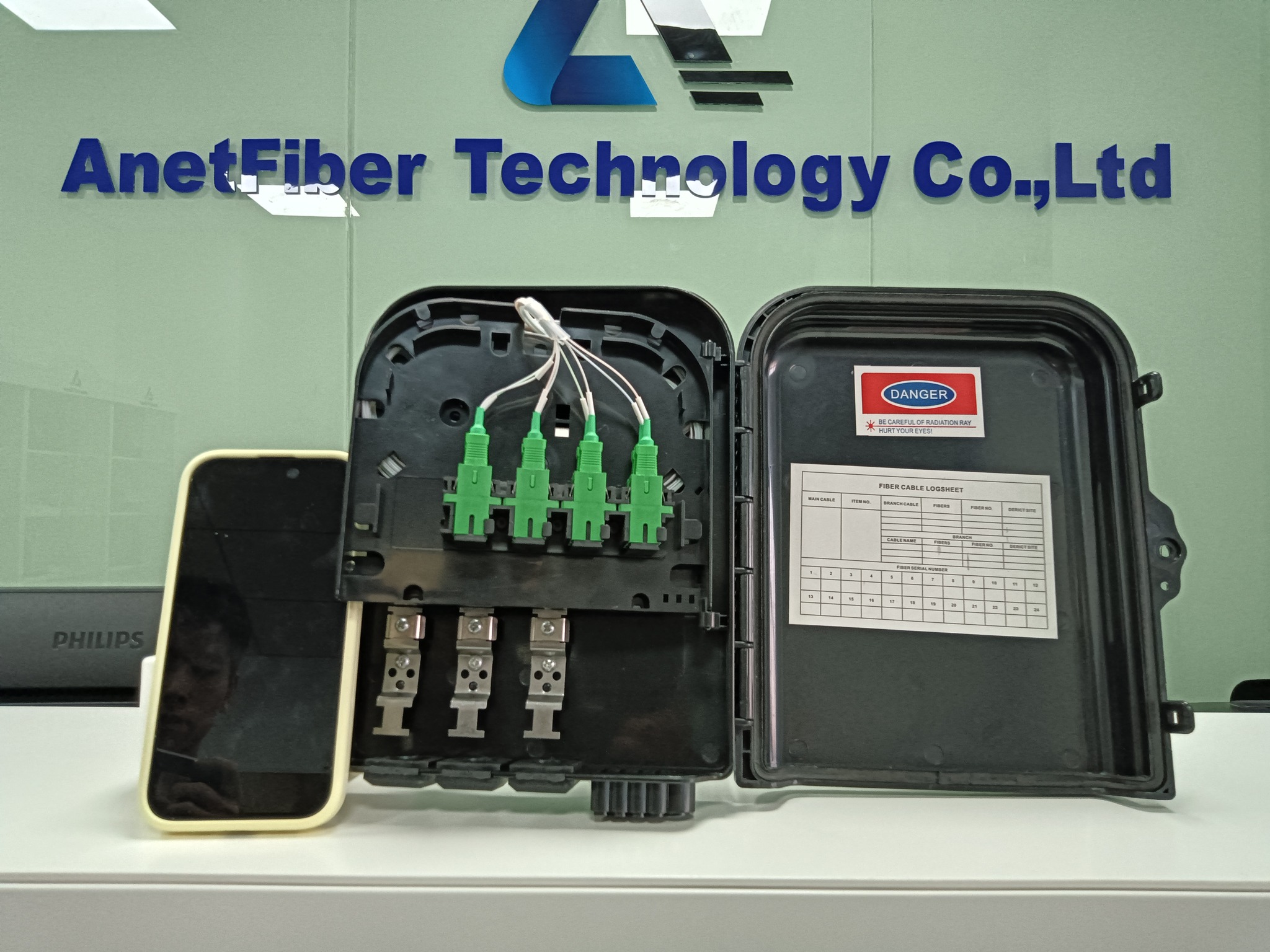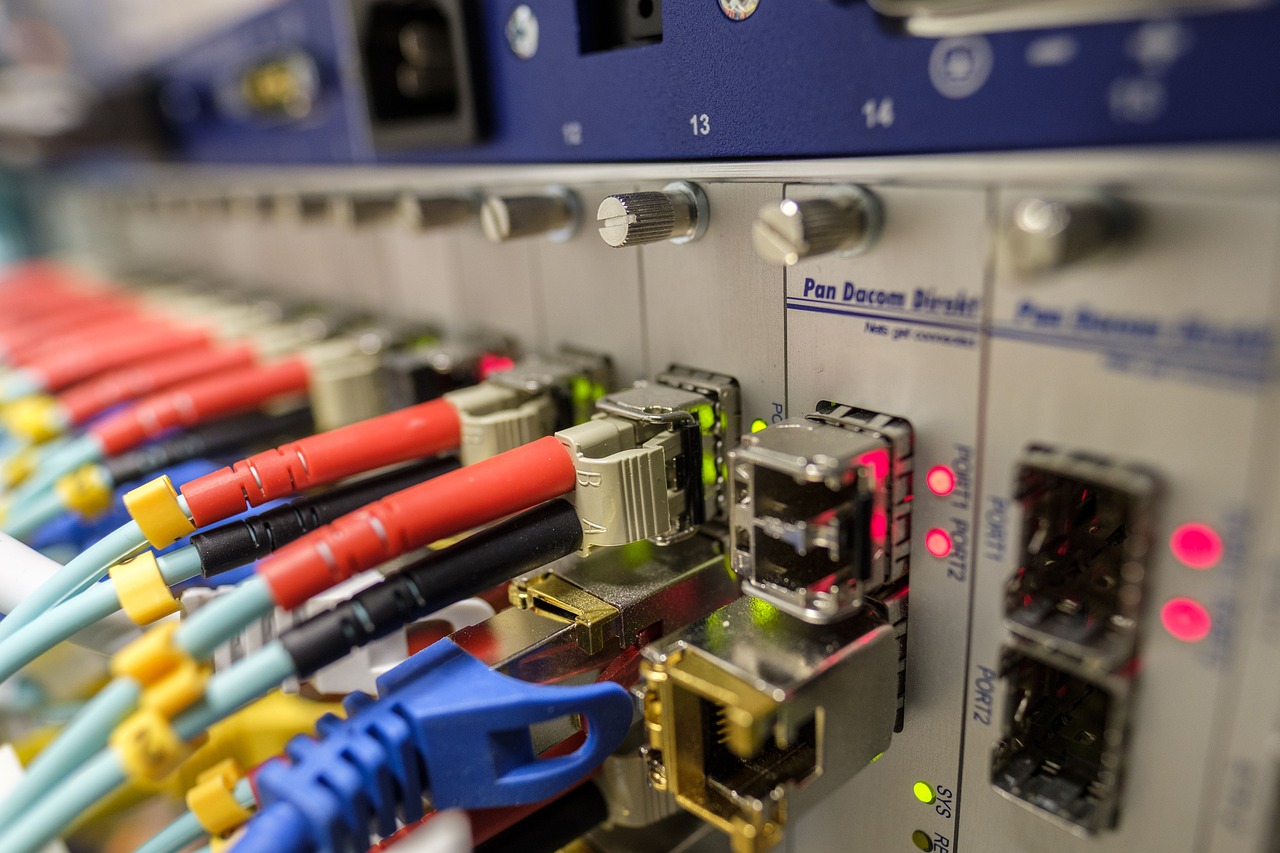Solving Outdoor Fiber Distribution Challenges with Model No. NT-16B-1

Understanding the Basics of Outdoor Fiber Distribution
In the realm of telecommunications, a Fiber Distribution Terminal (FDT) serves as a crucial component for managing and distributing fiber optic cables. This terminal acts as a central point where incoming fibers from the feeder cable are distributed to individual connection points. The Fiber Distribution Terminal plays a pivotal role in ensuring efficient and organized fiber connectivity within outdoor network setups.
Common Challenges in Outdoor Fiber Distribution
Environmental Factors
One of the primary challenges encountered in outdoor fiber distribution pertains to the harsh environmental conditions. Exposure to extreme temperatures, moisture, and UV radiation can significantly impact the performance and longevity of fiber optic infrastructure. These environmental factors necessitate the use of robust and weather-resistant equipment to safeguard against potential damage and signal degradation.
Organizational Issues
Another prevalent challenge revolves around organizational aspects such as space constraints, cable management, and accessibility for maintenance. Effectively organizing and managing numerous fiber connections within outdoor environments requires strategic planning and deployment of suitable distribution solutions. Additionally, ensuring convenient access for maintenance personnel is essential for minimizing downtime and swiftly addressing any connectivity issues.
The Role of Feeder Cable in Fiber Distribution
In the realm of outdoor fiber distribution, the Feeder Cable plays a pivotal role in ensuring seamless connectivity and efficient transmission of data.
Defining Feeder Cable
Characteristics and Functions
The Feeder Cable is a robust and high-capacity cable designed to carry a large number of fiber connections over long distances. It is characterized by its durability, flexibility, and high tensile strength, making it suitable for withstanding outdoor environmental conditions. The primary function of the Feeder Cable is to transmit high volumes of data signals from the central office to the distribution point with minimal signal loss.
How Feeder Cable Supports Outdoor Fiber Distribution
Reliability and Efficiency
The reliability of the Feeder Cable is paramount in outdoor fiber distribution setups. Its ability to maintain signal integrity over extended distances ensures consistent and uninterrupted data transmission. This reliability is essential for meeting the demands of modern telecommunications networks, where downtime can have significant financial implications.
Connection to Model No. NT-16B-1
The Feeder Cable serves as the backbone of outdoor fiber distribution systems, providing the essential link between the central office or data center and the Fiber Distribution Terminal (FDT). The seamless connection between the Feeder Cable and Model No. NT-16B-1 facilitates efficient data transfer and distribution, ensuring that network connectivity remains robust and dependable.
Exploring the Features of Model No. NT-16B-1
When it comes to outdoor fiber distribution, the Model No. NT-16B-1 stands out as a reliable and efficient solution. Let's delve into its key features that make it an essential component in outdoor network setups.
Design and Capacity of Model No. NT-16B-1
The Model No. NT-16B-1 is designed to accommodate up to 16 FO cables, providing ample capacity for distributing fiber optic connections within outdoor environments. Its robust construction and compact design make it a versatile choice for various deployment scenarios. Additionally, the Model No. NT-16B-1 boasts an IP65 rating, ensuring its resilience against harsh outdoor conditions such as moisture, dust, and extreme temperatures.
Drop Capabilities and Easy Maintenance
With a user-friendly NAP Box design, the Model No. NT-16B-1 offers convenient accessibility for maintenance tasks, minimizing downtime during repairs or upgrades. Its weatherproof construction further enhances its durability, safeguarding the enclosed fiber connections from environmental elements.
The Advantages of Using a NAP Box for 16 FO Connections
In the realm of outdoor fiber distribution, the utilization of a NAP Box offers multifaceted advantages, particularly in simplifying and enhancing fiber optic connections within outdoor network setups.
Simplifying Fiber Optic Connections
Organizational Benefits
The integration of a NAP Box streamlines the organizational aspects of fiber optic connections, providing a centralized point for managing and distributing multiple fiber connections. This centralized approach facilitates efficient cable management, minimizes clutter, and optimizes space utilization within outdoor environments. By consolidating multiple connections into a single enclosure, it enables network operators to maintain a structured and organized distribution system.
Maintenance and Access
The inclusion of a NAP Box enhances maintenance procedures by offering convenient access to fiber optic connections. Its user-friendly design simplifies the process of inspecting, testing, or reconfiguring individual fibers, thereby reducing maintenance time and effort. Additionally, the accessibility provided by the NAP Box ensures swift troubleshooting and resolution of connectivity issues, contributing to minimal downtime and uninterrupted network operations.
Durability and Weather Resistance
Materials and Construction
The NAP Box is constructed using high-quality materials that exhibit exceptional durability and resilience against environmental elements. Its robust construction shields enclosed fiber connections from physical impact, moisture ingress, and other external factors that could compromise signal integrity. This durability ensures long-term protection for critical fiber optic infrastructure deployed in outdoor settings.
Long-Term Outdoor Performance
With its weather-resistant design and durable construction, the NAP Box delivers consistent performance even in challenging outdoor conditions. Its ability to withstand temperature variations, moisture exposure, and UV radiation underscores its suitability for prolonged outdoor deployment. The long-term reliability of the NAP Box contributes to sustained network connectivity without compromising signal quality or operational efficiency.


